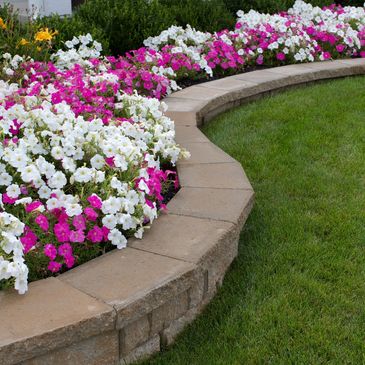Signed in as:
filler@godaddy.com
Signed in as:
filler@godaddy.com

St. Augustine Grass is a widely used warm-season grass known for its dense growth and ability to thrive in various conditions, especially in warm and humid climates. Here are the key characteristics:
1. Coarse Leaf Texture
St. Augustine Grass is a widely used warm-season grass known for its dense growth and ability to thrive in various conditions, especially in warm and humid climates. Here are the key characteristics:
1. Coarse Leaf Texture
2. Shade Tolerance
3. Drought Tolerance
4. Heat Tolerance
5. Wear Tolerance
6. Rapid Growth and Spreading
7. Salt Tolerance
8. Cold Sensitivity
9. Disease and Pest Susceptibility
10. High Water and Fertilization Needs

Tifway Bermuda Grass, also known as Tifway 419, is a hybrid Bermuda grass variety widely used for sports fields, golf courses, and residential lawns due to its excellent durability, fine texture, and aesthetic appeal. Here are the key characteristics:
1. Fine Leaf Texture
Tifway Bermuda Grass, also known as Tifway 419, is a hybrid Bermuda grass variety widely used for sports fields, golf courses, and residential lawns due to its excellent durability, fine texture, and aesthetic appeal. Here are the key characteristics:
1. Fine Leaf Texture
2. Heat and Drought Tolerance
3. Wear and Traffic Tolerance
4. Rapid Growth and Spreading
5. Sunlight Requirements
6. Maintenance Needs
7. Disease and Pest Resistance
8. Cold Tolerance
9. Soil Adaptability
10. Uses

Zoysia Palisades is a popular variety of Zoysia grass, known for its versatility, durability, and attractive appearance. Here are its key characteristics:
Zoysia Palisades is a popular variety of Zoysia grass, known for its versatility, durability, and attractive appearance. Here are its key characteristics:
Overall, Palisades Zoysia is an excellent choice for those looking for a beautiful, hardy, and low-maintenance lawn in a range of climates.

Zeon Zoysia is a premium warm-season grass known for its fine texture, durability, and adaptability. Here are some key characteristics:
1. Fine Leaf Texture
2. Shade Toleran
Zeon Zoysia is a premium warm-season grass known for its fine texture, durability, and adaptability. Here are some key characteristics:
1. Fine Leaf Texture
2. Shade Tolerance
3. Drought Tolerance
4. Low Maintenance
5. Disease and Pest Resistance
6. Heat Tolerance
7. Wear and Traffic Tolerance
8. Slow Growth Rate
9. Winter Dormancy
10. Environmental Adaptability
Zeon Zoysia adapts to a variety of soil types, including sandy, loamy, and clay soils, though it performs best in well-drained, fertile soils with a pH between 6.0 and 6.5
We use cookies to analyze website traffic and optimize your website experience. By accepting our use of cookies, your data will be aggregated with all other user data.